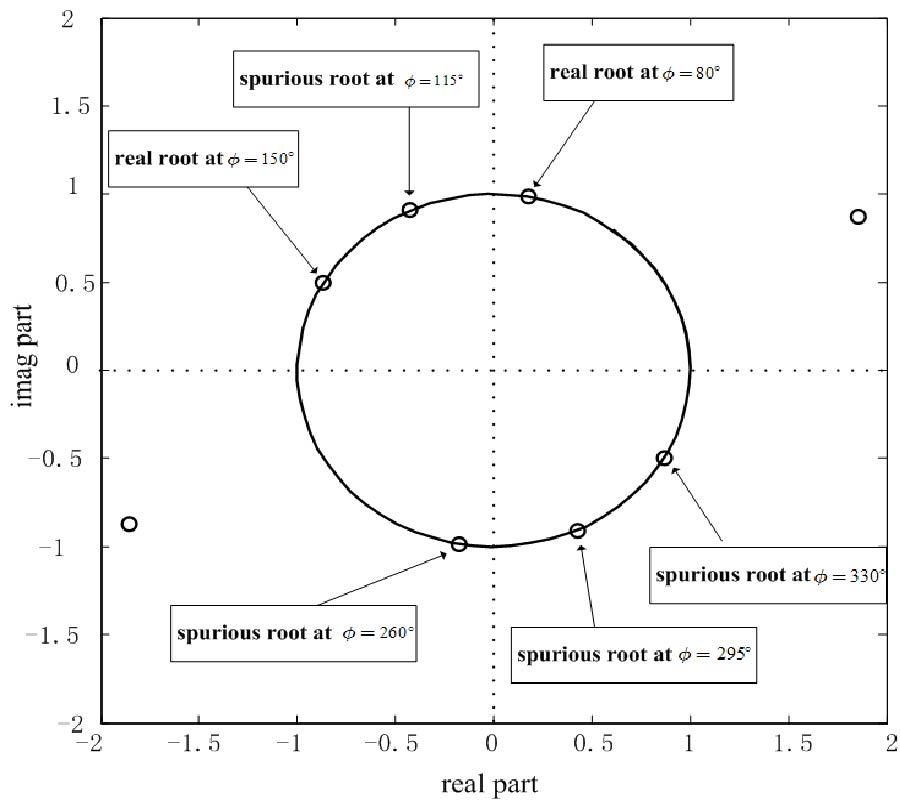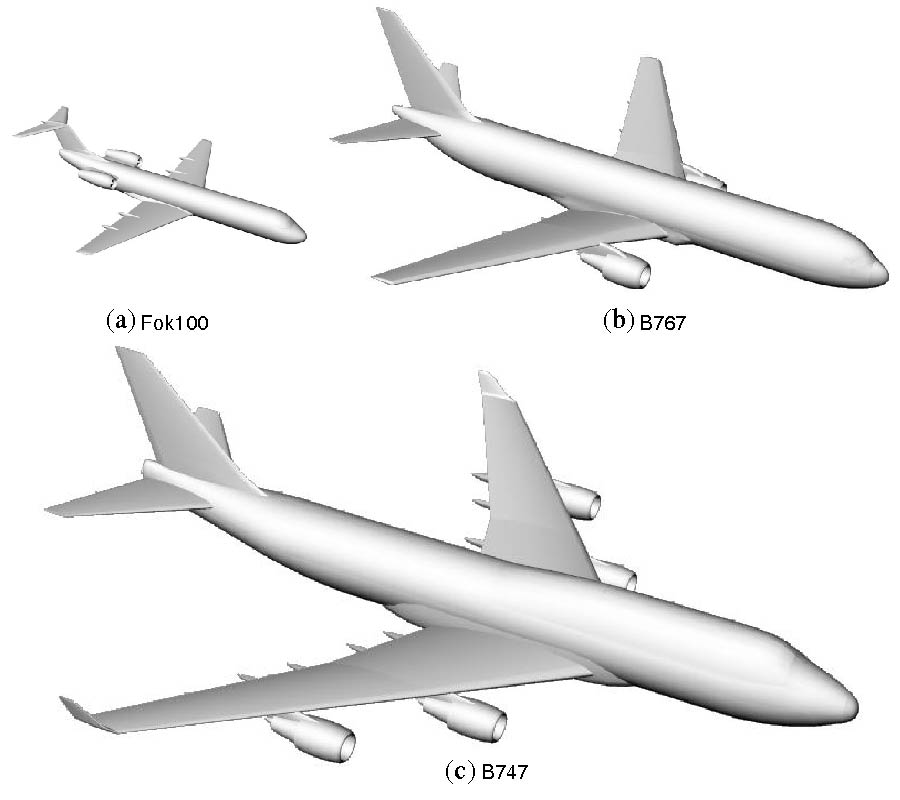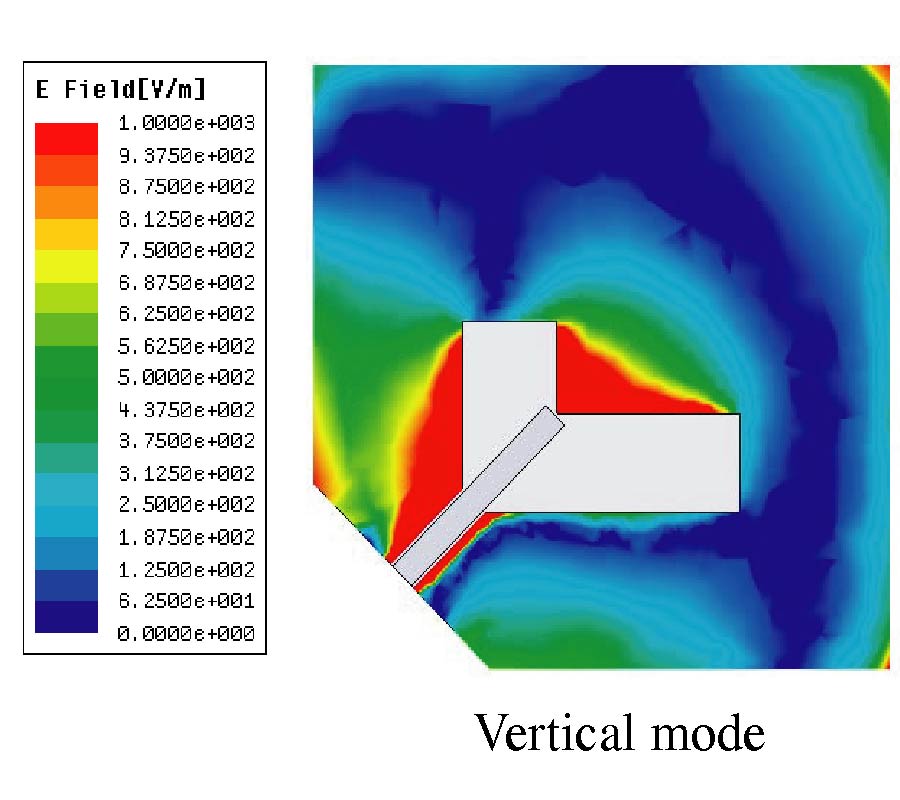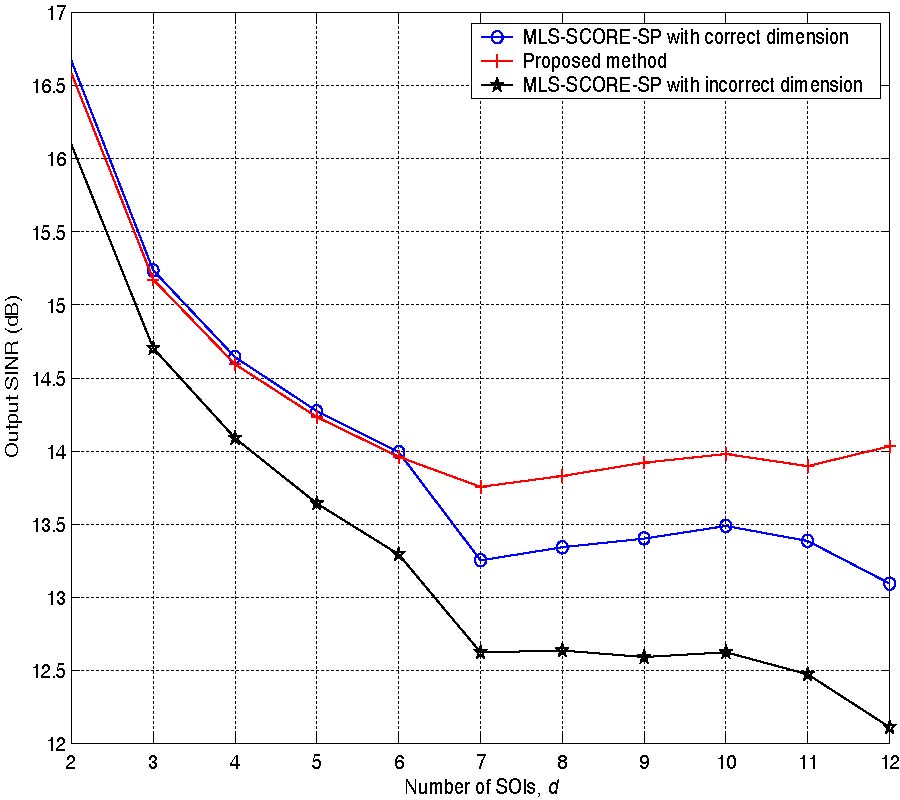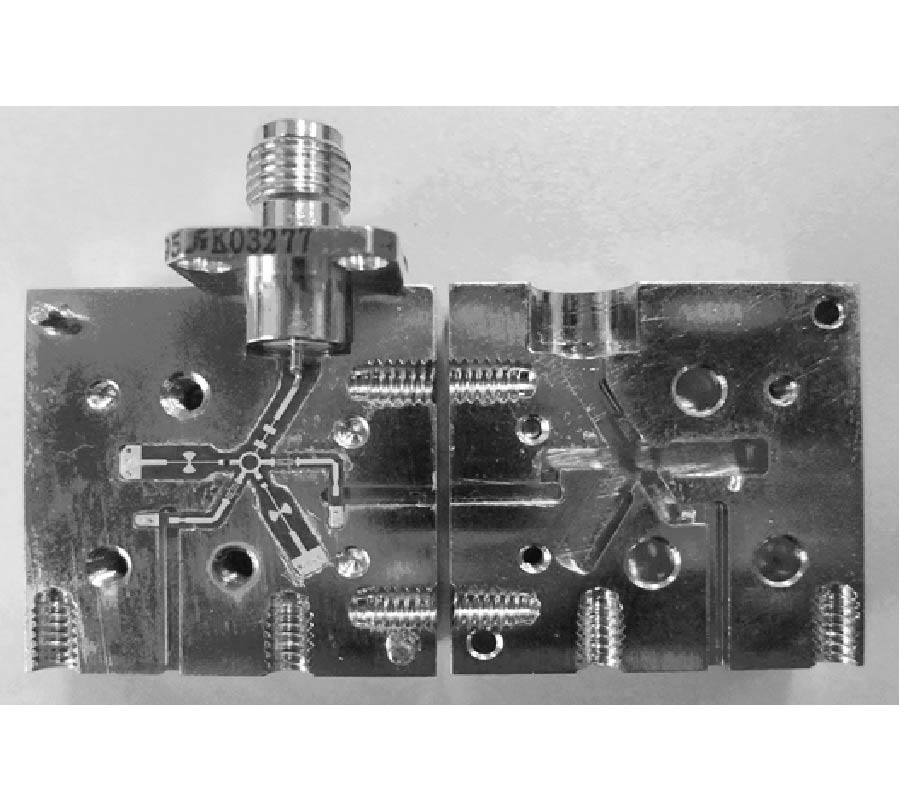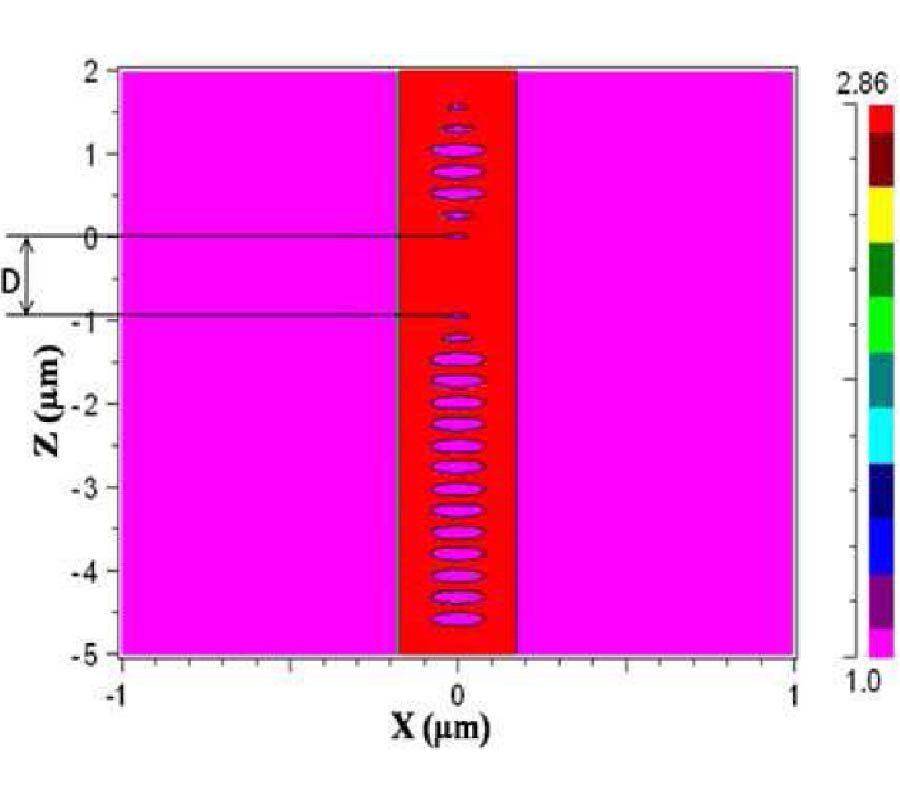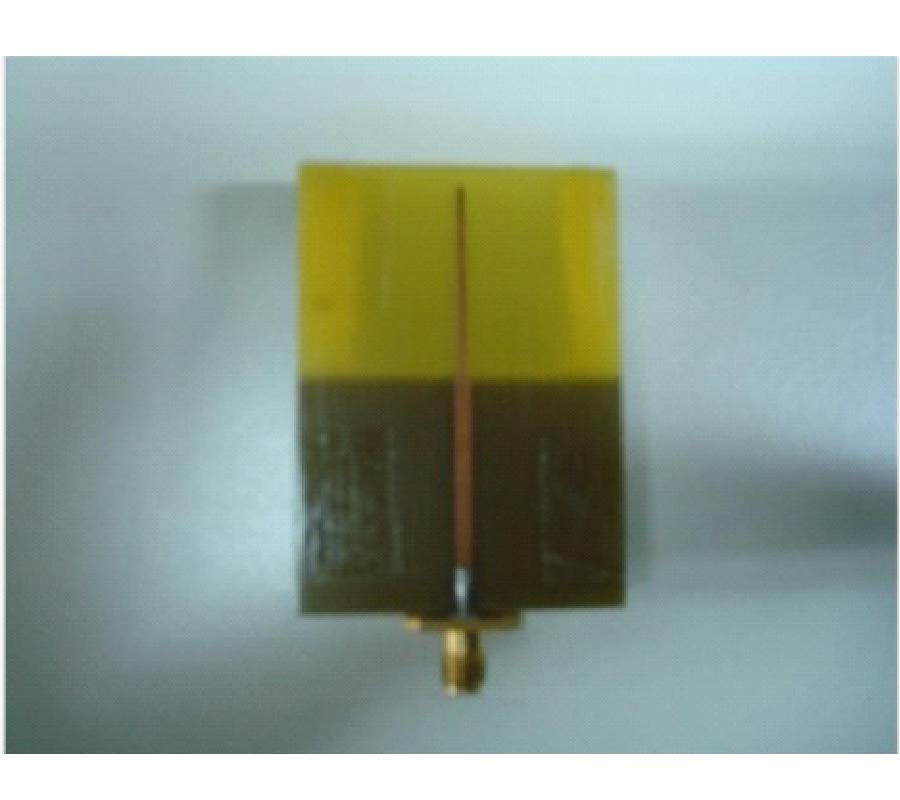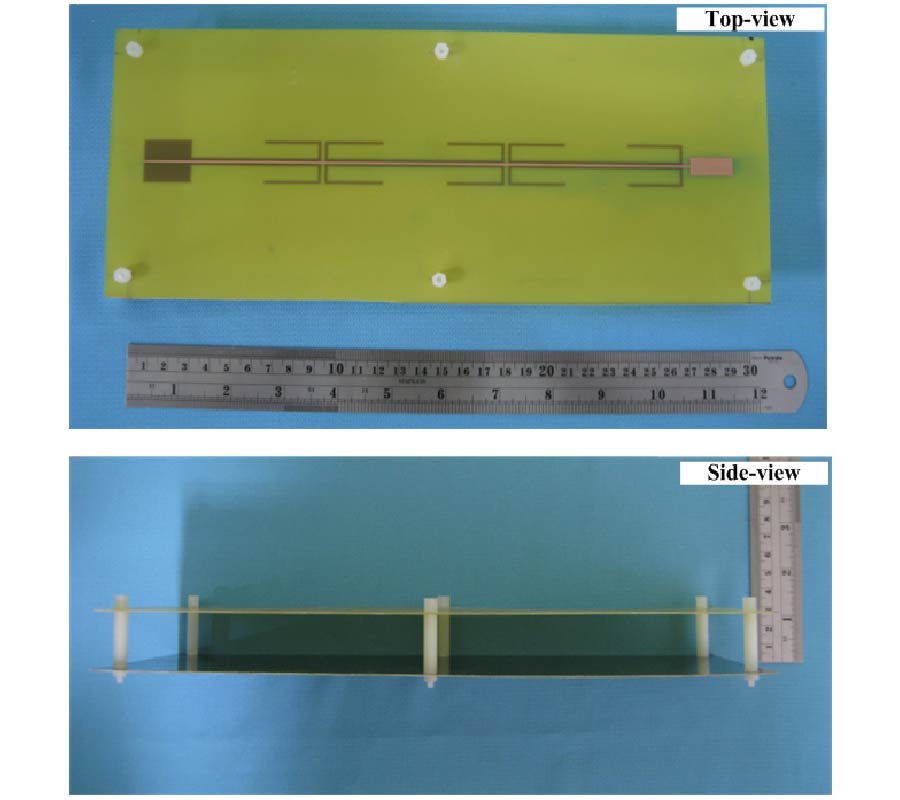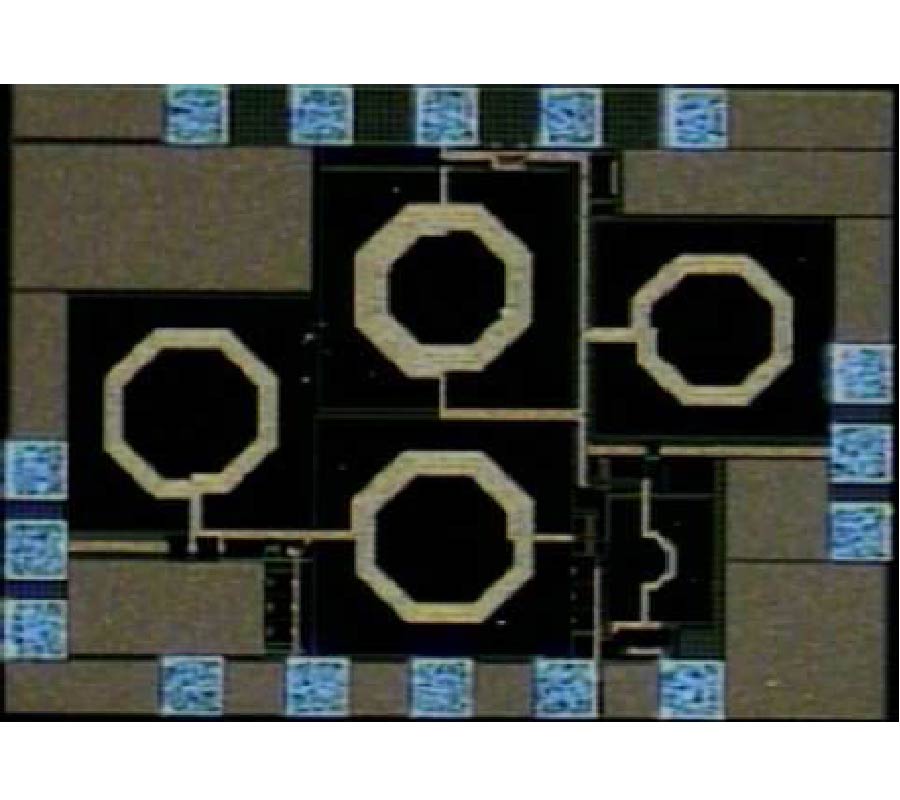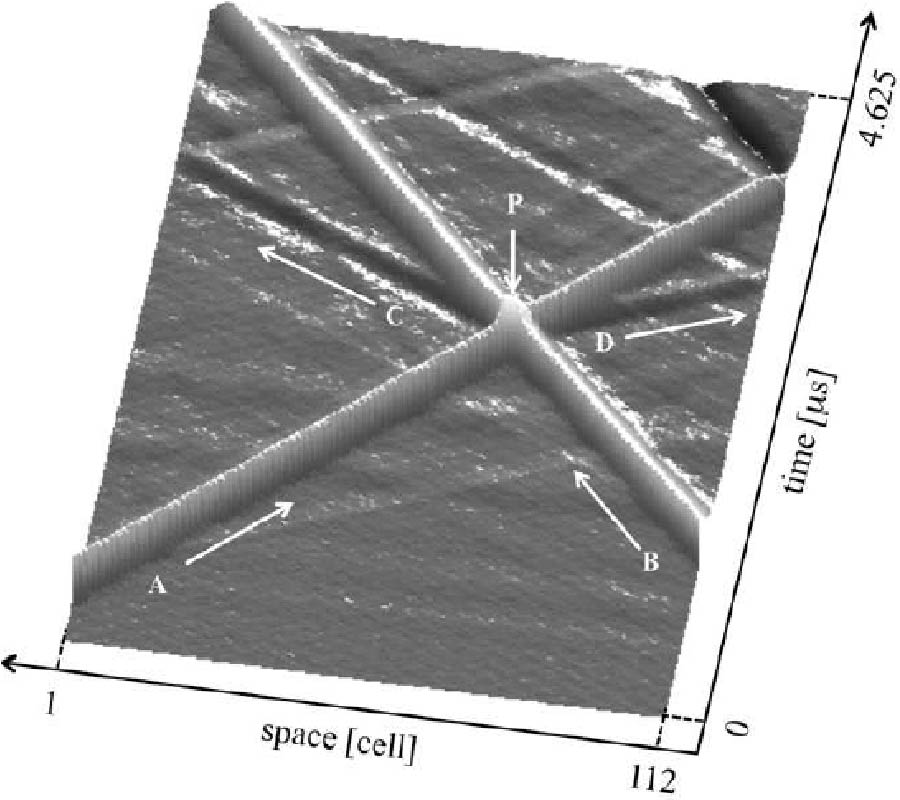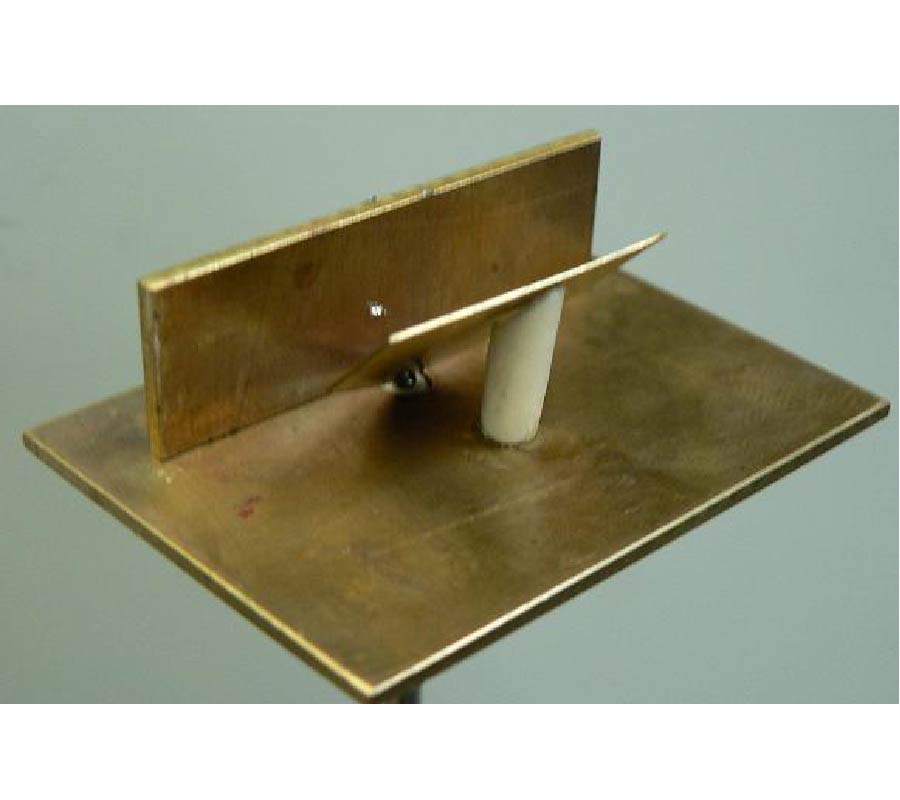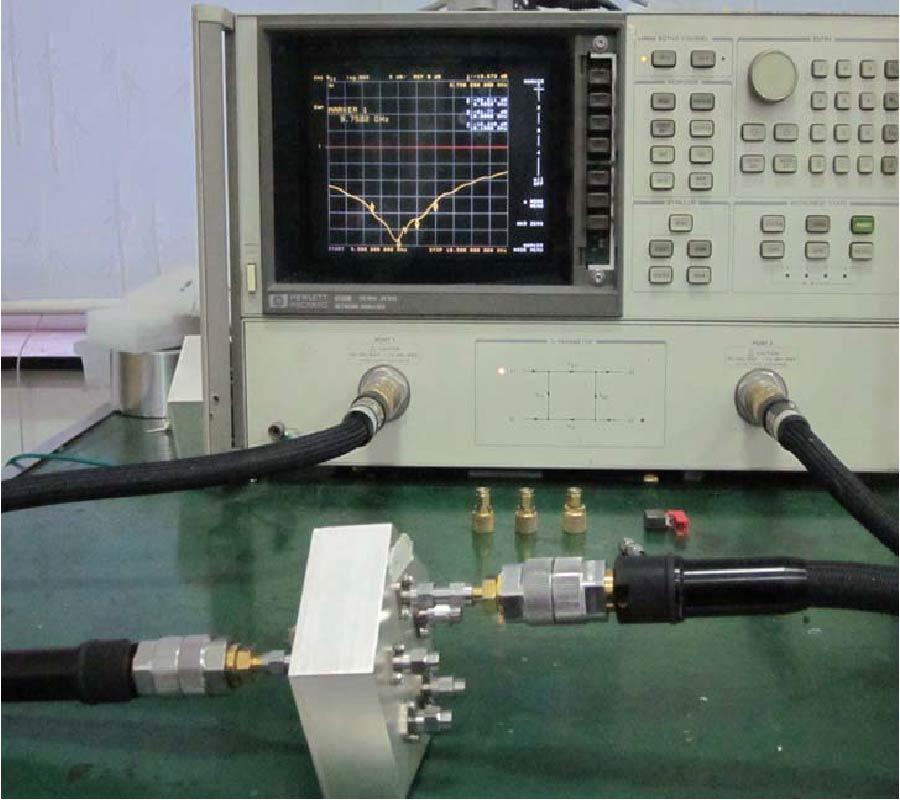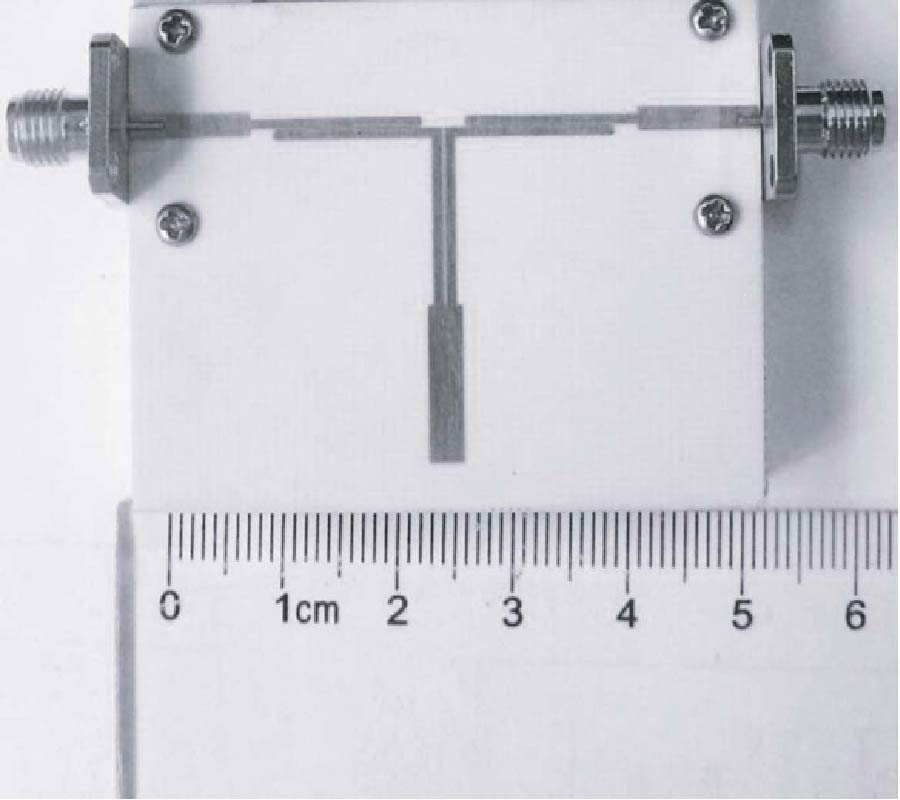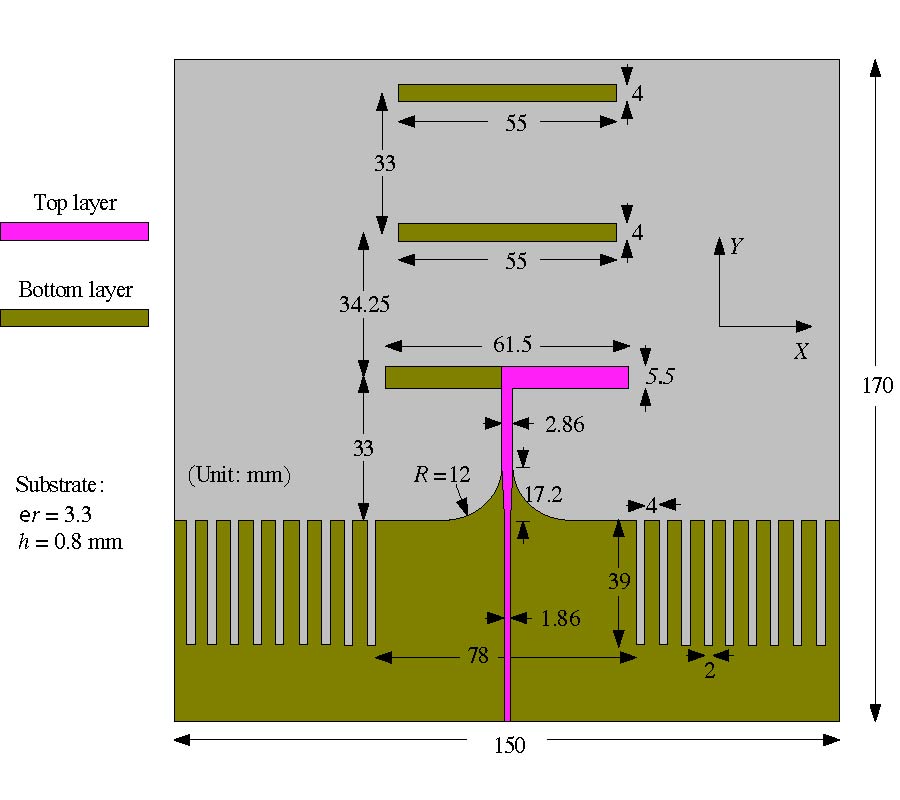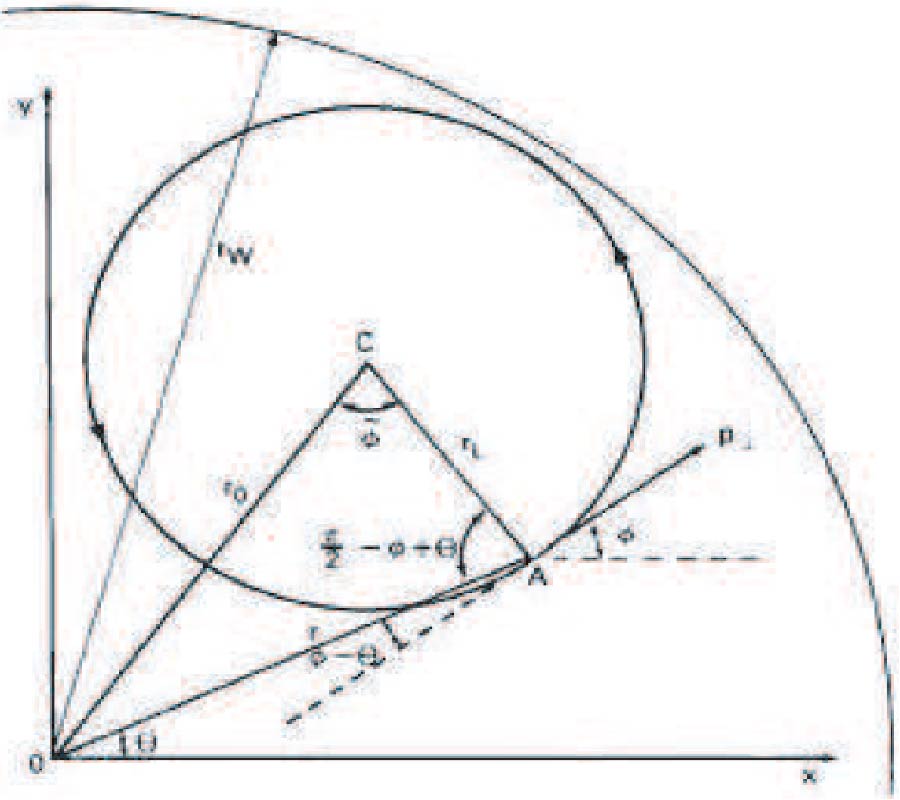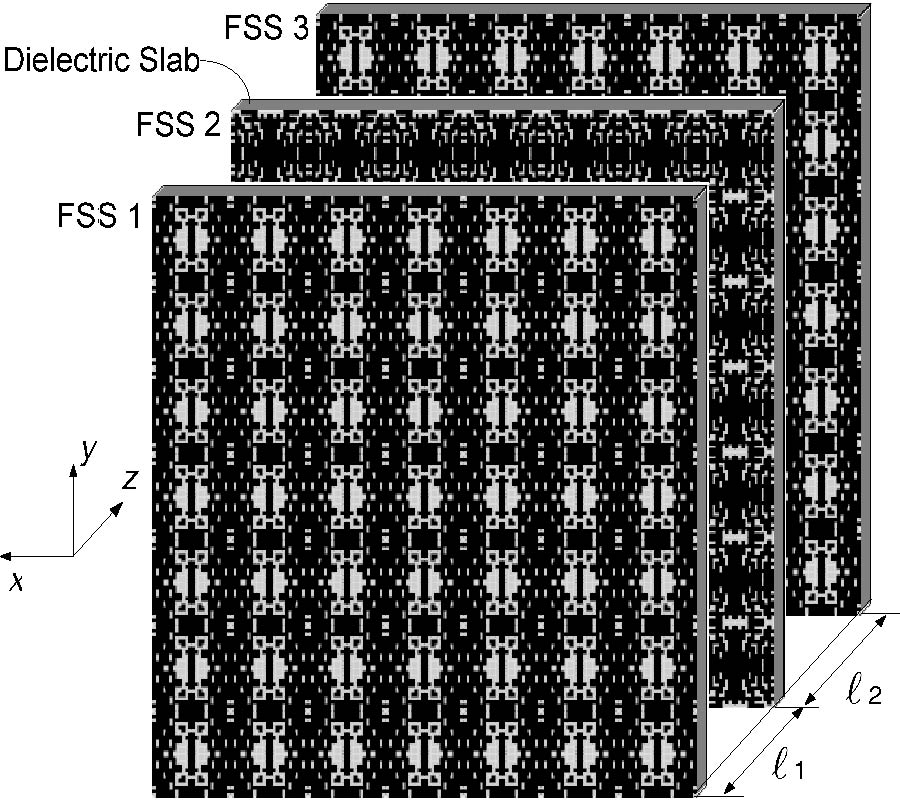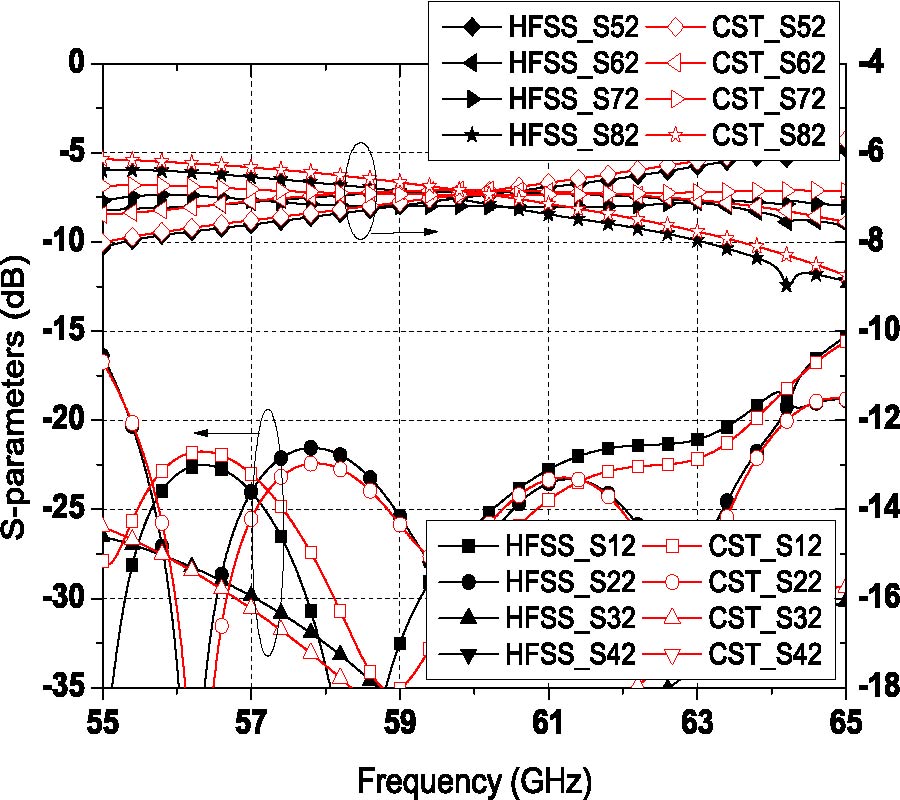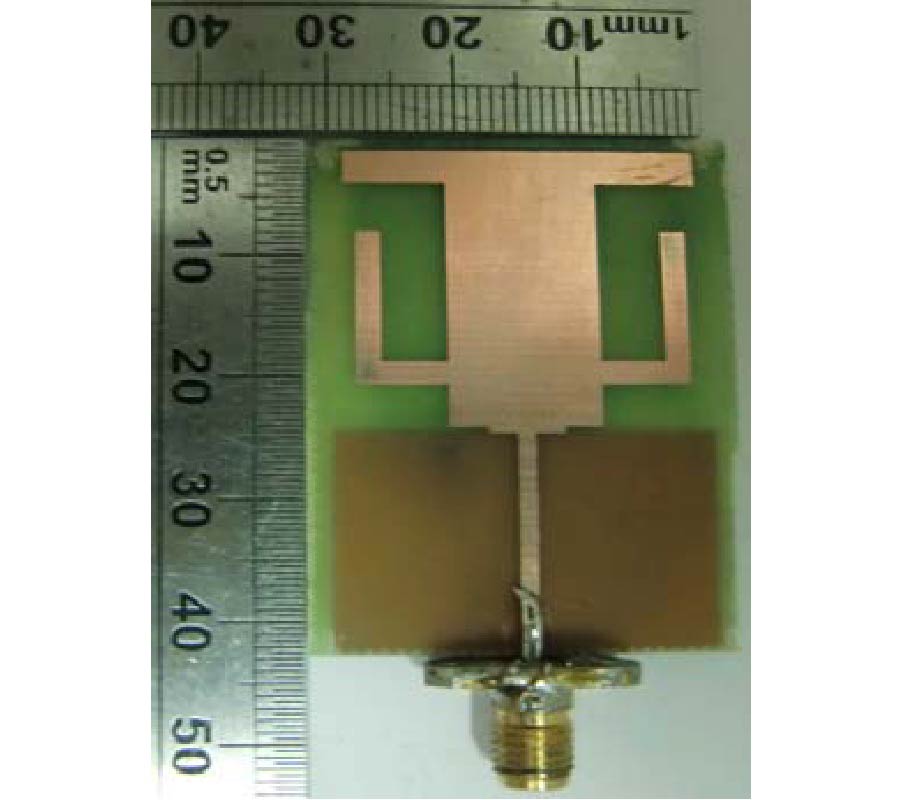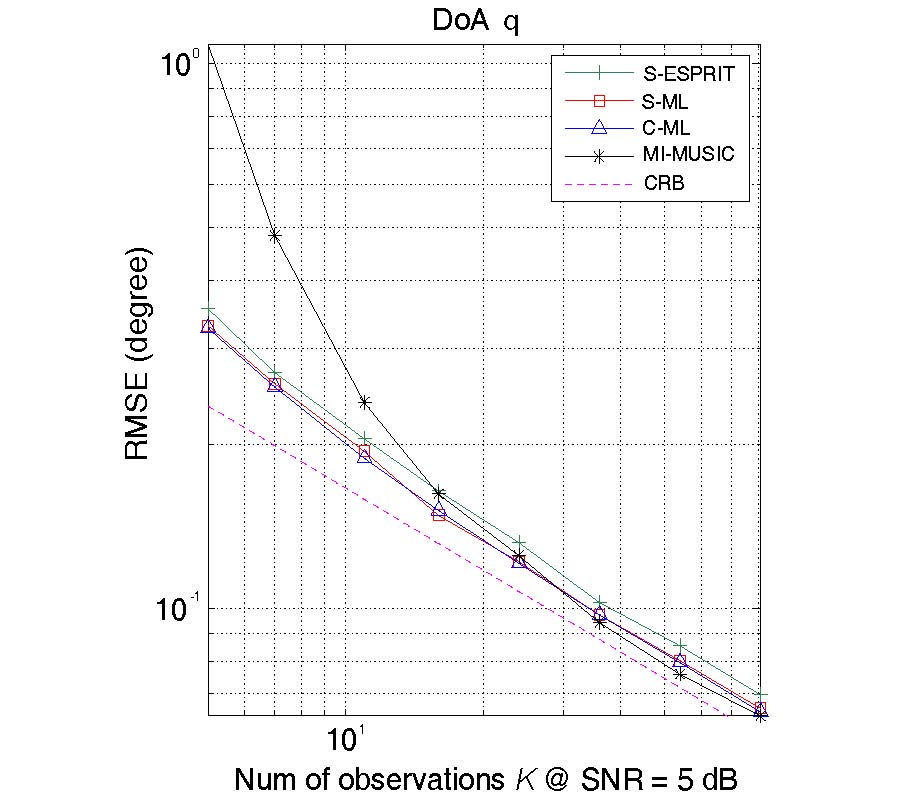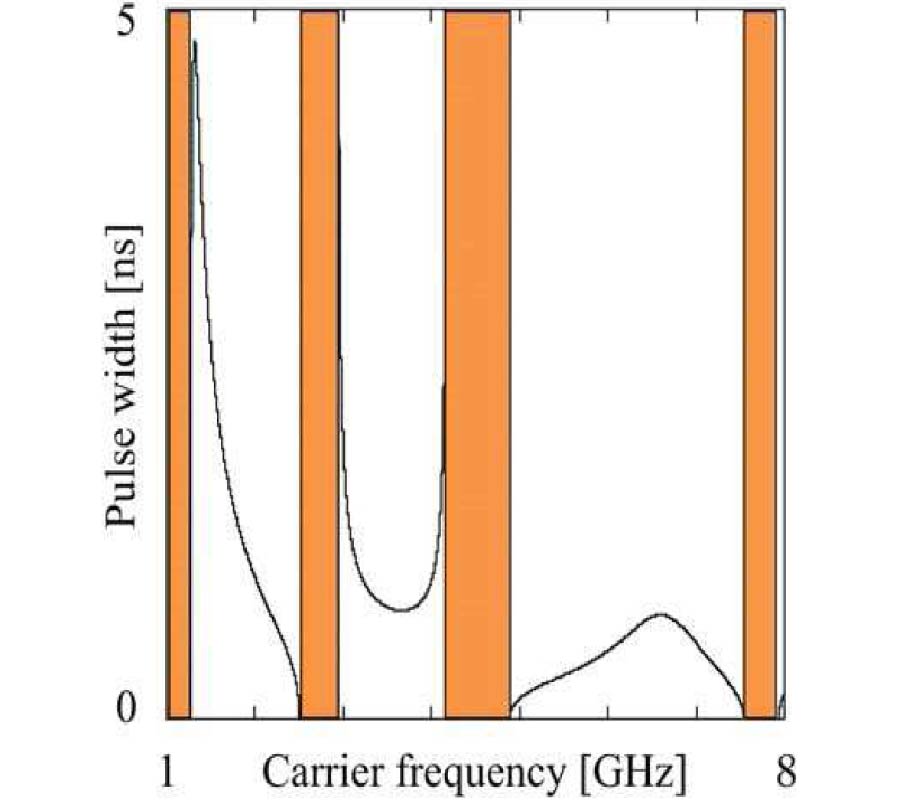High Performance Planar Sleeve Dipole Array Antenna with Directional Radiation
Yanfei Li,
Bing-Hao Zeng,
Cheng-Wei Chen,
Dau-Chyrh Chang,
Z. R. Li,
J. B. Liu and
Hsiao-Bin Liang
A planar sleeve dipole array antenna is analyzed and successfully implemented. The proposed antenna is designed for operation at 1800/1900 MHz band of basic station applications. To achieve sufficient bandwidth for the requirement of the PCS 1800 MHz band (1710-1880 MHz) and 1900 MHz band (1880-1930 MHz) for DECT (Digital Enhanced Cordless Telecommunications), the proposed antenna comprises of a 1 × 5 coplanar back-to-back sleeve dipole elements, we adopt the microstrip line to balanced transmission line feeding technique in this design. This structure is easily constructed by printing on both sides of a dielectric (FR4) substrate. The measured -10 dB return loss (VSWR 2 : 1) impedance bandwidth is around 13.2% (1690-1930 MHz). A reflector is put behind the dipole array to obtain directional radiation and high gain, and the measured antenna gain for operating frequencies across the 1800/1900 MHz band is about 7.2-9.1 dBi. The measured results of radiation efficiency, radiation pattern, antenna gain and return loss show the sleeve dipole array antenna has a good performance.
